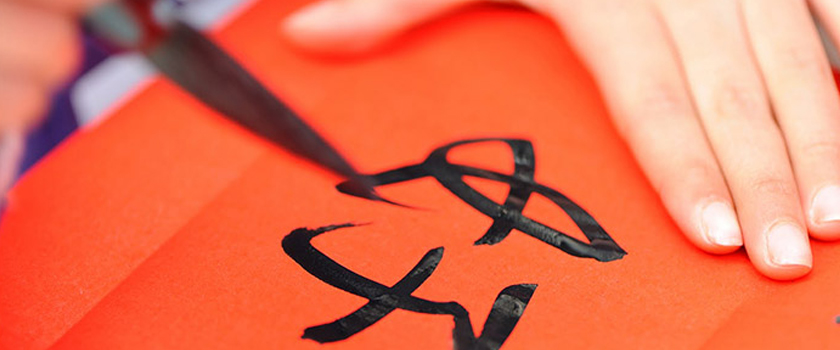The other days, I read a section of a book written by Professor Yang Quanhong on advanced translation, in which he cited a dozen of sentences by Chinese translation masters, writers and linguists. All of them concerned about the future of Chinese translation as target language.
It seemed the modern Chinese users almost forgot Classical Chinese as well as its profundity and conciseness, partly leading to new generations’ poor language mastery of elegant written Chinese. Also, due to the popularity of computer, internet is filled with numerous incorrect word usage and spelling.
They all called for emergent Classical Chinese development to end the gap in literature translation of master piece. As is rarely used in modern society, Classical Chinese can be difficult for modern Chinese and non-native speakers to understand. Hence I will give a brief introduction to this historic Chinese culture element here.
Classical Chinese or literary Chinese is the base and root of modern Chinese, used by Chinese before 20th century. It is a traditional style of written Chinese based on grammar and vocabulary of ancient Chinese as well as the main form in Chinese literary works until the May Fourth Movement.
After the long evolving period, much literature essence passed down, including well-known Analects of Confucius, Tang poetry, Dream of the Red Chamber and so on and so forth. From elementary school, Chinese students begin to learn Classical Chinese with short ancient poems.
Read Also: Chinese Medicined Diet for Common Cold
The learning process doesn’t stop until university entrance examination end. However, many master writers and translators are intensively cultivated Classical Chinese from a very young age.
Compared with modern vernacular Chinese, Classical Chinese is rather concise and compact. Usually, all words are one syllable only, but sentences built with one-syllable words can carry the same or even more meanings than double characters in vernacular Chinese.
This character is particularly obvious in poems. Sometimes five syllables and sometimes seven syllables form a sentence; two sentences (or four lines) or more structured a poem; and then a whole poem is as short as twenty words. Those short poems always draw a vivid picture like simple lines in painting.
Another impressive feature of Classical Chinese might be abbreviation. As long as comprehensible, subjects, verbs, objects, etc. can be dropped, leaving the most important words. As a result, it is ambiguous to some extent, which adds difficulty to new learners.
According to my learning experience, an interesting aspect for the language is those honorifics and terms of humility. From these words, ancient social hierarchy is expressed and emphasized.
Words referring to oneself, elders, friends, government officials are all different. There are more than fifteen various words for self-deprecating, commoners or people with lower status, such as 愚, 敝(I, less educated and unfriend), 小人,草民(I, the worthless commoner).
For royal family, 孤, 寡 and 朕 all refers to the ruler of a kingdom. For addressee’s family members, a prefix is added in most times, that is 令(the beautiful), for example, 令尊, 令兄, 令千金, etc. The polite language majorly exists in pronouns, when referring to oneself, self-deprecating is expressed while referring to others approval and respect shows.
Even living in a society where internet culture is the mainstream culture to some extent, we should never forget our delicate and elegant Classical language, pursue Classical language learning and maintain excellent mastery of the beautiful language for learning it well means good foundation, mastery of modern Chinese. After all, can anyone ignore the power of long lasting Classical things?
Take a look at how we helped our client by localizing their project for Chinese language. Click here to read the complete case study









